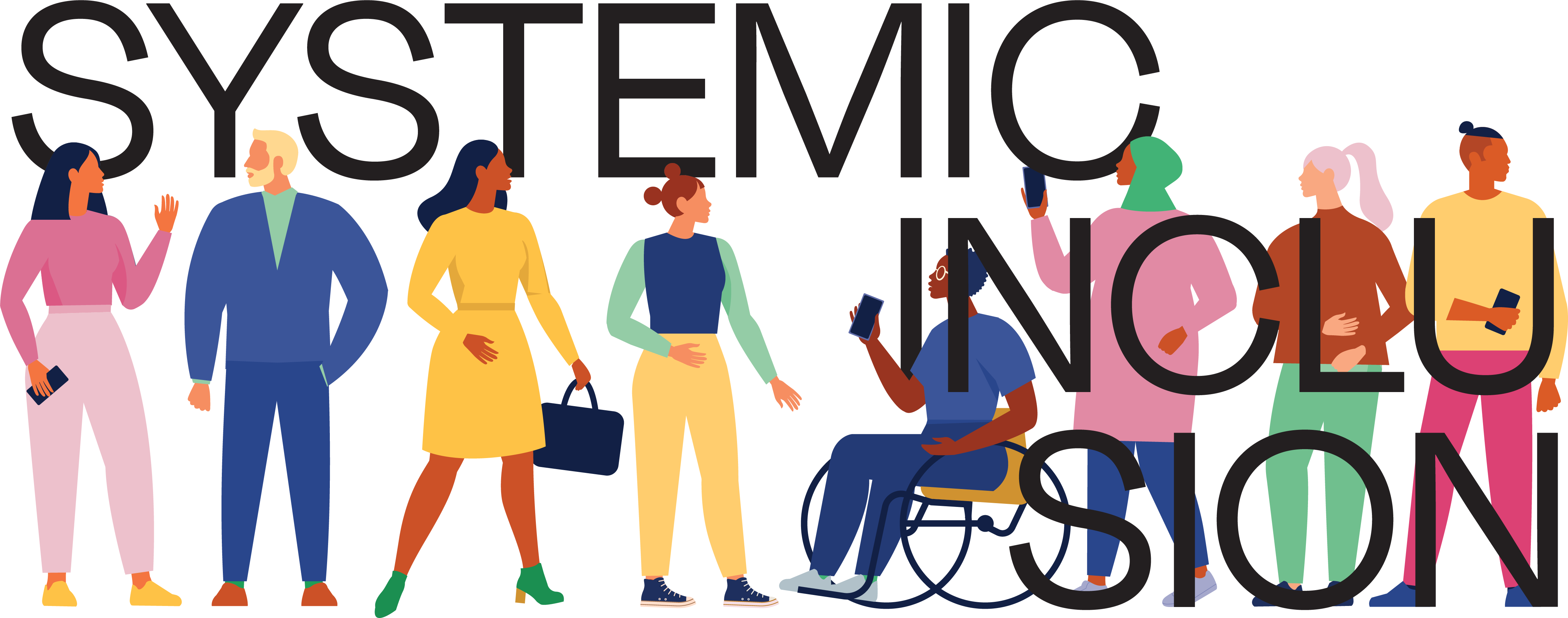WRITTEN BY MARINA GOMBERG
Equity, diversity, and inclusion education in professional environments can be a formidable undertaking. Each of us is on our own journey of understanding, unlearning, and growing, so developing curriculum for the whole is complex. How can we find ways to meet people where they are and move everyone forward in synchronicity — no matter their starting points?
This was the task the University of Utah College of Fine Arts newly-established Justice, Equity, Diversity, and Inclusion (JEDI) Committee was charged with after the ratification of the CFA’s 5-year strategic plan.
In addition to the JEDI work woven throughout the entire strategic plan, the committee’s goal was outlined as a two-pronged approach that included the facilitation of educational opportunities and dialogues for CFA faculty and staff members.
With that, the new committee, comprised of faculty and staff members from each academic unit and the Dean’s Office along with three students, was off and running. After a collaborative and comprehensive vetting process for a partner to develop and facilitate these offerings, the group chose Nimisha Barton, PhD, an EDI practitioner, educator, and historian.
Crackling could be heard. Sparks? Magic was about to happen.
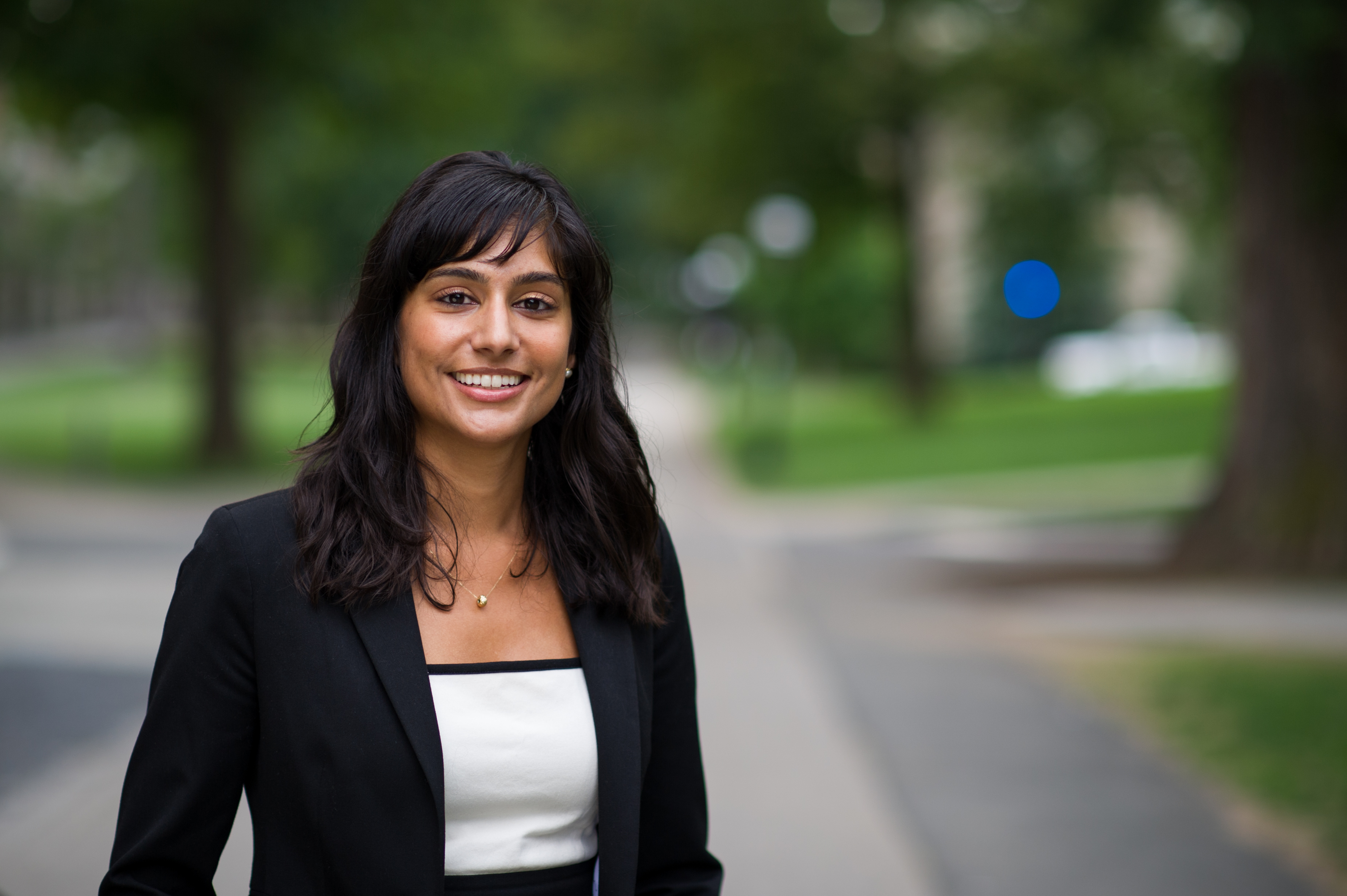
Photo courtesy of Nimisha Barton, PhD
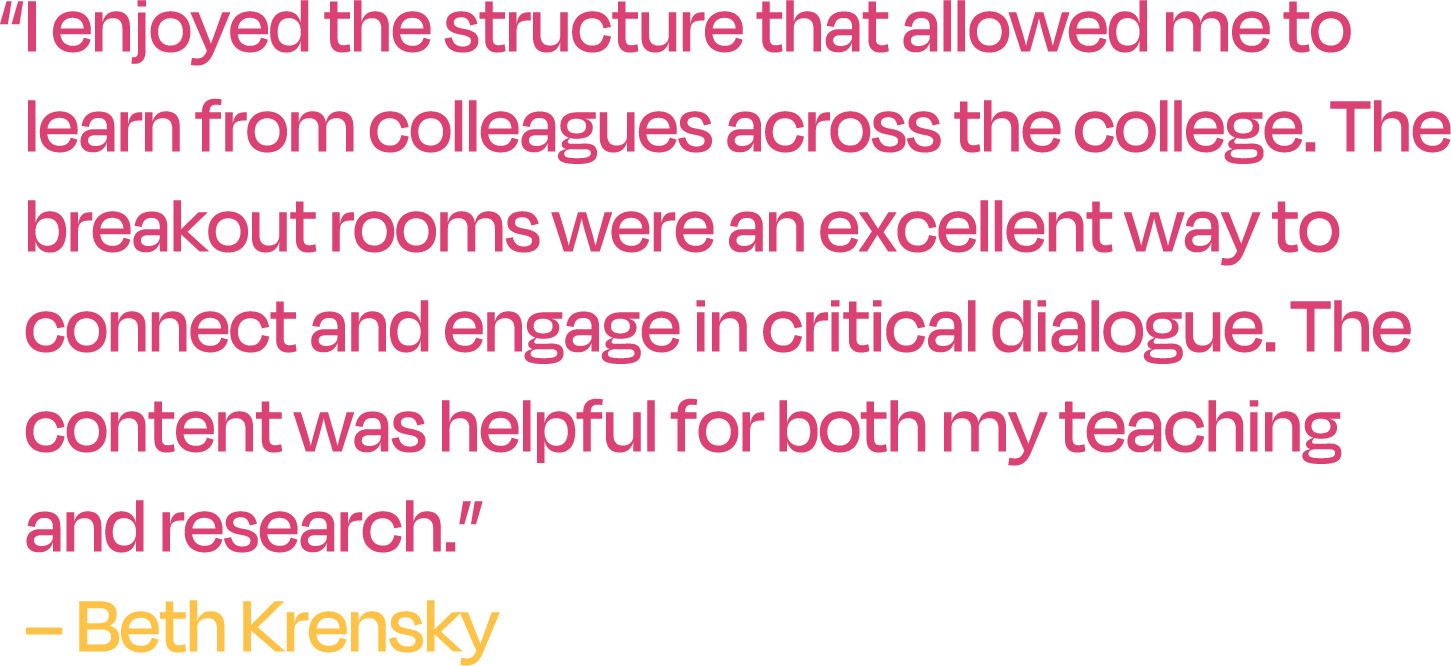
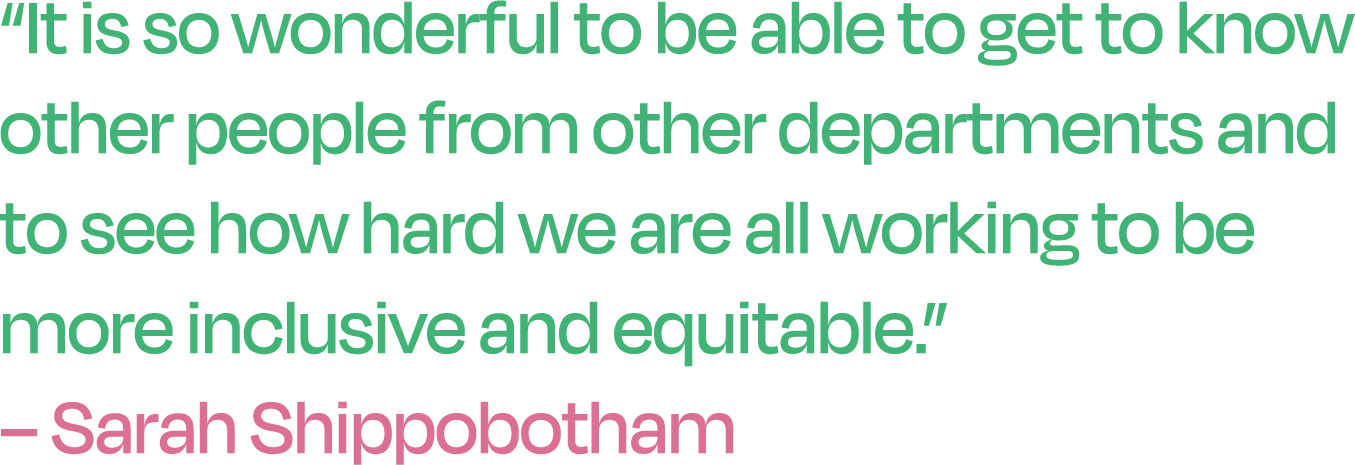
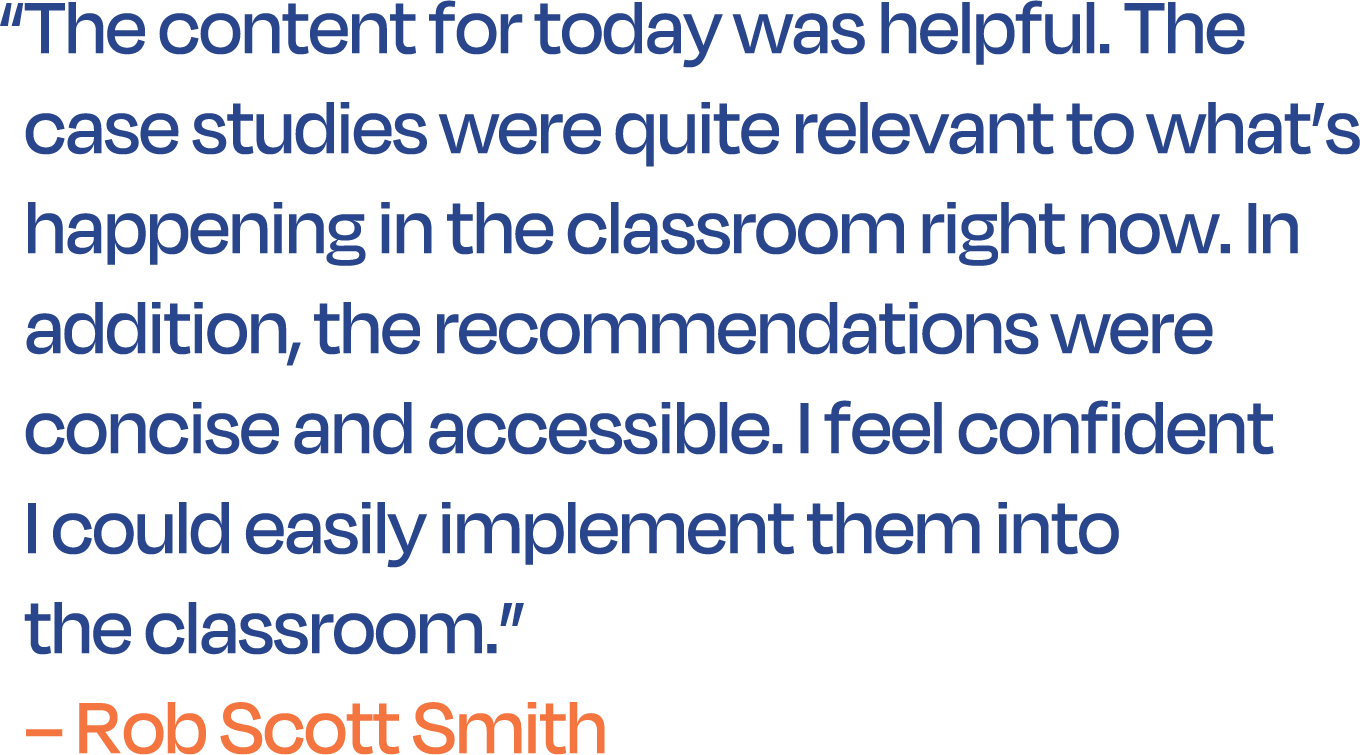
In a series of synergistic meetings over the course of several months, Barton and the JEDI Committee dreamt up a yearlong series of virtual events they called the “Inclusion in the CFA” series. Bookended by opening and closing sessions that offered holistic approaches to increasing cultural understanding, the series offered five thematic workshops on specific issues identified by the CFA community as important and interesting. It also included on online module that detailed the changing demographics of students across the nation, at the U and more specifically in the College of Fine Arts.
After a collegewide survey, the issues and topics deemed most desirable to tackle were: Inclusive Teaching in the Traditional Learning Environment, Initiating and Facilitating Challenging Dialogues in Learning Environments, Interpersonal Power Dynamics Among Colleagues, One-on-One Teaching Interactions, and Representation in the Arts.
“Early sessions offered faculty easy-to-implement inclusive classroom practices and provided both staff and faculty with the tools necessary to have challenging identity-related conversations in our politically polarized world,” Barton described.
And to better inform the customized curriculum she was developing, Barton conducted textural interviews with the leaders of each academic unit in the College of Fine Arts, along with individuals from each unit who represented staff and various ranks of faculty. These interviews, aimed at better understanding the unique nuances to each academic unit and their industries, illuminated the places where our progress is further along than others.
The committee also conducted a survey among CFA students about belonging and safety to better inform the two final thematic workshops that more directly related to the student experience.
“As we have progressed through the academic year, we have begun to ask larger, more significant questions about the fine arts — specifically, how its culture and traditions might exclude some students, depriving the field more generally of diverse voices and perspectives, “Barton noted. “As we close the series, CFA staff and faculty now have not only the requisite tools to create a more inclusive CFA where all students can feel a sense of belonging, but they also have a deeper understanding of how power creates systemic inequality in the college and what part they can play to work towards educational equity.”
And the information will serve us well. Given our national history which begs for more informed and compassionate interactions, this work is only becoming more important. Additionally, we learned in our changing demographics module that the 2020 U.S. Census shows we already have a more diverse country than ever before. Those demographic trends suggest that by 2045, our country is going to be what’s called a majority-minority society.
The time for change is now. And we’re committed to it. ▪


